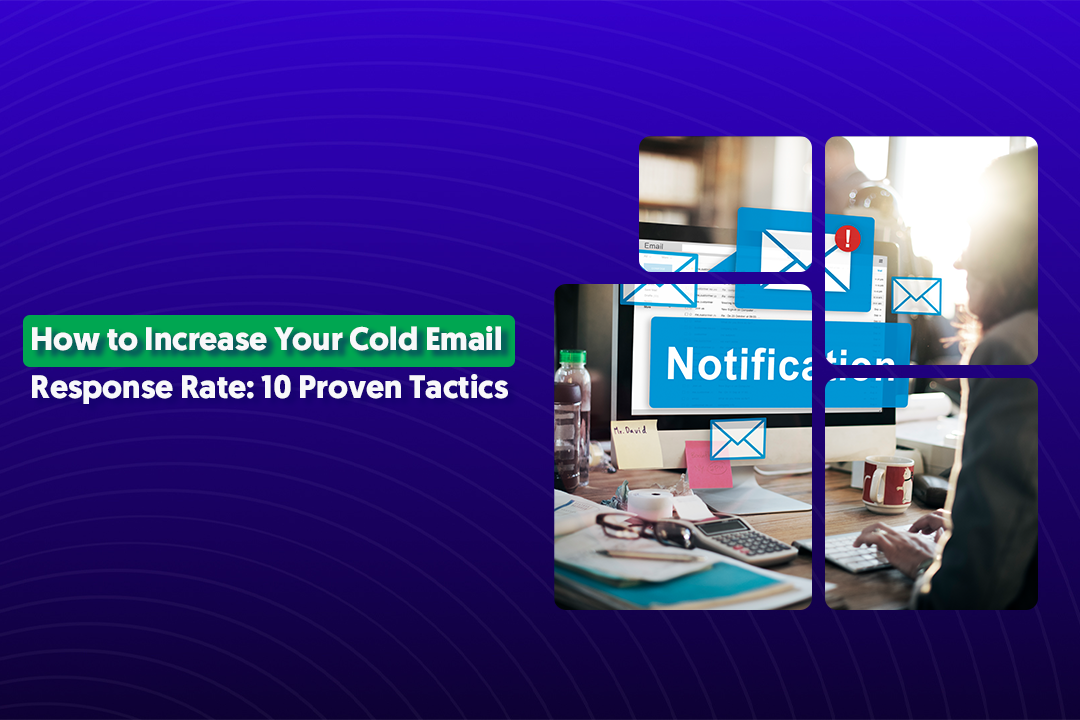Key Takeaways
- Company websites, LinkedIn contact sections, and blog author bios often have emails sitting in plain sight—check there before reaching for paid tools.
- Using tools like NeverBounce or ZeroBounce protects your sender reputation and keeps bounce rates below 2%, which is critical for inbox placement.
- Purchased lists destroy your deliverability, spike bounce rates, and get your domain blacklisted, build your lists organically using proven methods instead.
- Combine email lookup tools, Google search operators, social media profiles, and WHOIS lookups to find contacts other people miss.
- Sending the same message to everyone kills response rates—tailor your outreach based on industry, role, and company size to actually start conversations.
- Re-verify emails every 3-6 months, honor opt-outs immediately, and stay GDPR/CCPA compliant to maintain trust and deliverability over time.
You've found the perfect prospect. Their LinkedIn profile checks all the boxes. Their company needs exactly what you're selling.
There's just one problem: how to find someone's email address when it's not sitting right there in plain sight.
We've been there. At Cleverly, we've helped over 10,000 B2B companies generate $312 million in pipeline revenue, and here's what we've learned -
The biggest bottleneck in outreach isn't crafting the perfect cold outreach message or timing your follow-ups. It's getting your message in front of the right person in the first place.
Finding email addresses shouldn't feel like detective work, but let's be honest, it often does. You're toggling between tabs, trying different tools, second-guessing formats, and wondering if there's a better way.
Here's the good news: There is.
We're not going to give you some theoretical list of methods we found on Google. These are the 10 proven techniques our team actually uses every single day to find email addresses for cold email lead generation.
Let's dive in!
Why It's Important to Find the Right Email Address
Before we jump into how to find an email address, let's talk about why getting it right actually matters.
Because here's the thing, sending emails to the wrong addresses isn't just inefficient. It can actually hurt your entire outreach operation.
Higher response and conversion rates start with accuracy
When you find an email address that actually reaches your target prospect, your response rates jump. It sounds obvious, but we've seen companies waste weeks sending perfectly crafted emails to addresses that either bounce or land in someone else's inbox.
The right email gets you in front of the right person. That's where conversations start and deals get made.
Your sender reputation depends on low bounce rates
Here's something most people don't realize: every bounced email chips away at your sender reputation. Email providers like Gmail and Outlook track this stuff. Too many bounces, and your domain gets flagged.
Suddenly, your emails start landing in spam, even the ones going to valid addresses.
We've seen it happen. A company goes hard on outreach with a poorly verified list, their bounce rate spikes, and within weeks they're basically blacklisted.
Learning how to find an email address correctly isn't just about efficiency. It's about protecting your ability to reach inboxes at all.
Decision-makers don't share inboxes
Sending your outreach to info@company.com or a generic support email? You're probably not reaching who you think you're reaching. Building credibility means landing in the inbox of the person who actually makes decisions.
When you take the time to find the right email address, prospects notice. It shows you did your homework, and that changes how they perceive your message from the very first line.
Explore Further: How to Choose the Best Cold Email Outreach Software
How to Find Someone's Email Address
Alright, let's get into the actual methods. These aren't techniques we pulled from some outdated marketing playbook.
This is exactly how to find someone's email address when our team at Cleverly needs to reach a specific prospect. We use these strategies daily, and they work.
1. Check the Company Website's "About" or "Contact" Pages
Start with the obvious place that most people skip right past: the company's own website.
Head to their "About Us," "Team," or "Contact" pages. Larger companies often have staff directories with direct emails listed. Smaller companies might have a press contact or founder email sitting right there in plain sight.
Look for team pages where employees are featured, sometimes they'll include individual contact information. If you're targeting someone in PR, marketing, or sales, their email is often publicly listed because, well, they want people to reach them.
This method won't work every time, but when it does, you've got a verified email without using any tools. Takes 30 seconds and costs nothing.
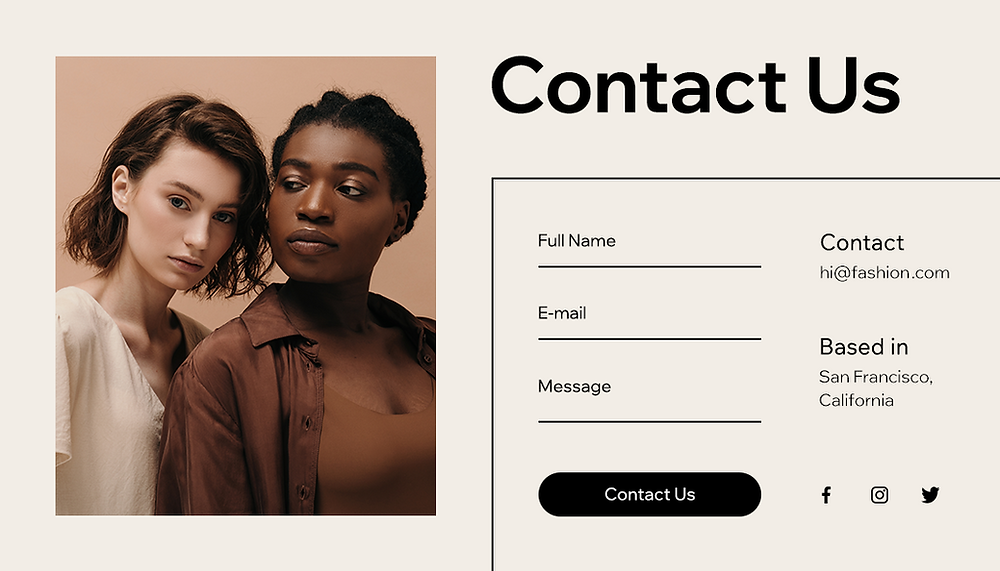
2. Use LinkedIn Profiles and Contact Info Section
LinkedIn is more than a prospecting tool, it's often where people find email addresses without even realizing it.
Click on someone's profile and scroll down to the "Contact Info" section. You'd be surprised how many professionals actually include their work email there. Some people also add emails in their featured section, especially if they're open to business inquiries or collaborations.
If the email isn't listed, don't stop there. Check their recent posts or articles. Sometimes people drop their contact info in comments when they're promoting a webinar, sharing a resource, or inviting collaboration.
Pro tip: If they've linked to a personal website or portfolio in their profile, click through. Contact forms and email addresses are usually front and center.
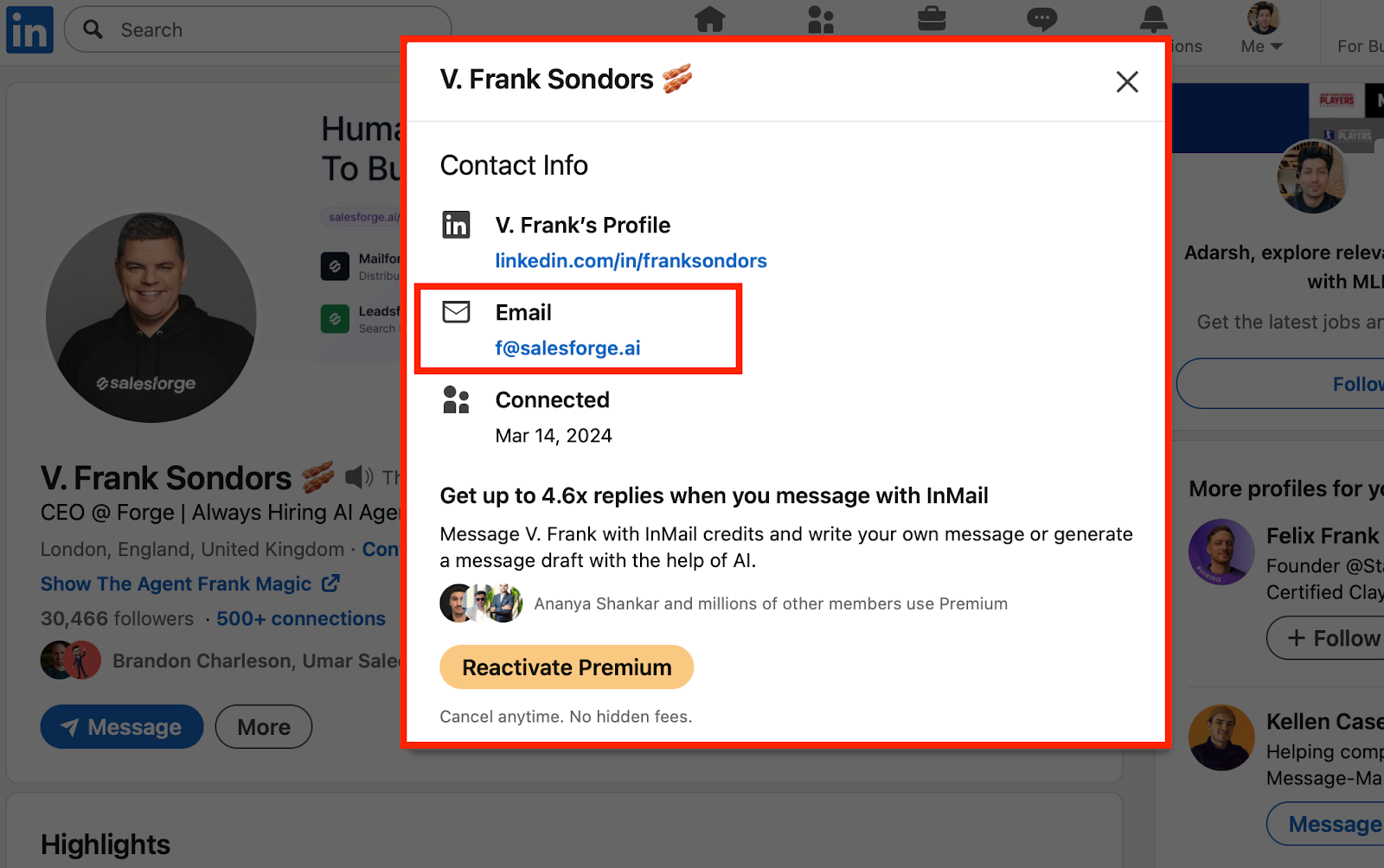
3. Try Email Lookup Tools
This is where things get faster. Email lookup tools are built specifically to help you find someone's email address at scale, and honestly, they're game-changers when you're building lists.
Here are the ones we actually use:
Apollo.io – Our go-to for B2B prospecting. It combines contact data with company info, so you're not just getting emails—you're getting context.
Hunter.io – Great for finding email patterns at a company and verifying addresses. Their Chrome extension makes it easy to grab emails while browsing LinkedIn or company sites.
Clearbit – Super accurate but on the pricier side. Best if you're integrating with your CRM and need real-time enrichment.
Lusha – Works well for LinkedIn prospecting. The browser extension pulls emails and phone numbers directly from profiles.
Snov.io – Budget-friendly option with solid accuracy. Good for startups or smaller teams just getting into cold email outreach.
Uncover the Details: Best Email Service for Cold Emails: Here’s What 10,000+ B2B Agencies Chose
Pros and cons to consider:
Accuracy varies by tool and database freshness. Always verify emails before sending at scale (more on that later).
Cost adds up if you're pulling thousands of contacts. Most tools charge per credit or email found.
Integrations matter if you're using a CRM like Salesforce or HubSpot. Make sure the tool plays nice with your existing stack.
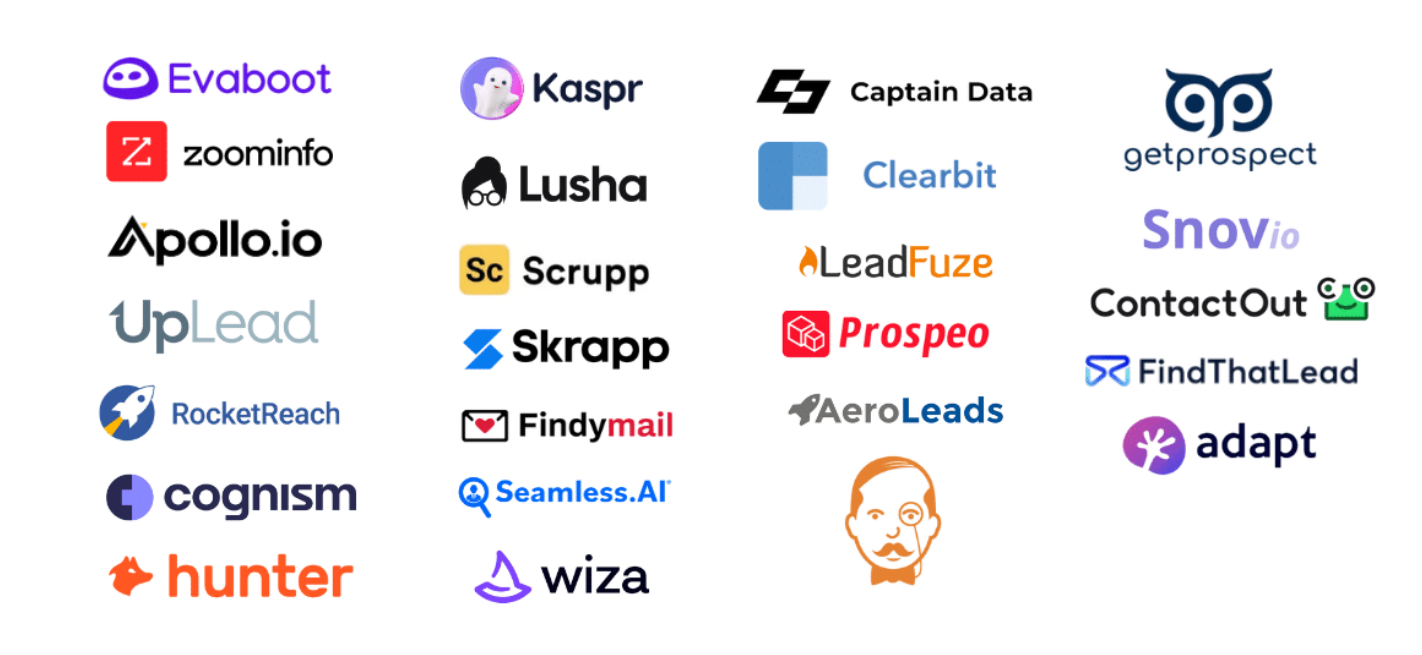
4. Use Google Search Operators
Sometimes the simplest how to find an email address method is just knowing how to search smarter.
Google search operators let you dig deeper than a basic search. Here's what actually works:
Try searching: "[person's name]" + "@company.com" Example: "Sarah Johnson" + "@acmecorp.com"
Or: "contact [company name]" This pulls up press releases, author bios, and contact pages where emails might be listed.
You can also try: site:company.com + "email" This searches only that company's website for any page mentioning email addresses.
It's not the fastest method, but when other tools come up empty, Google search operators can surprise you.
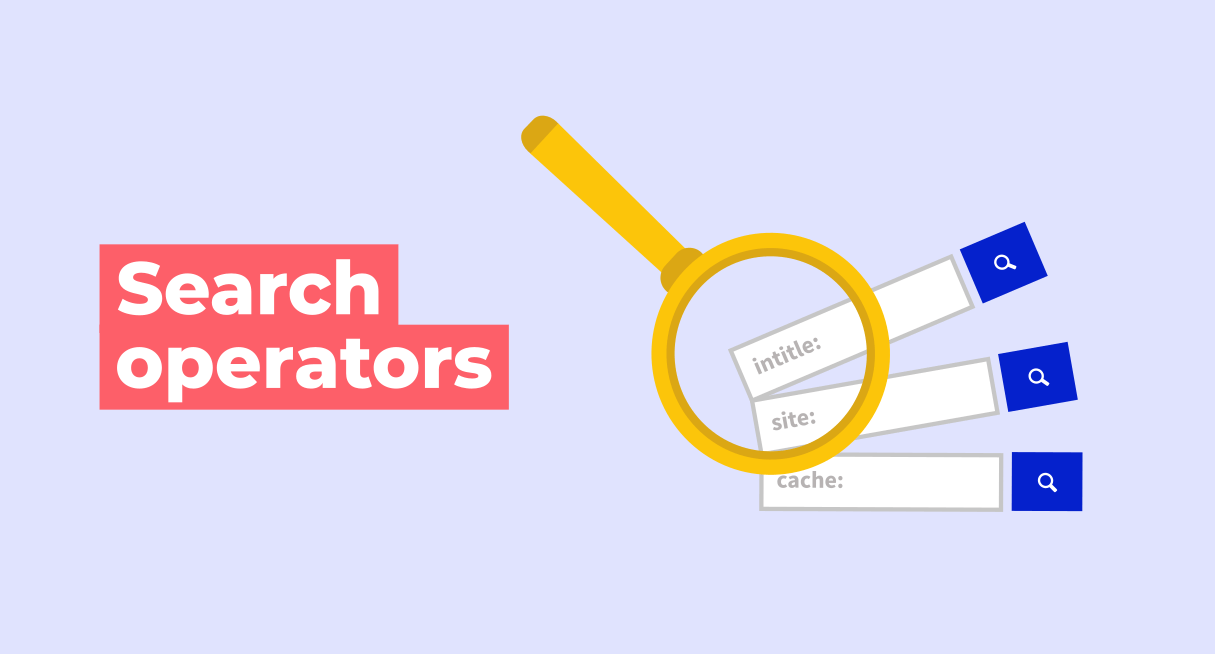
5. Explore Company Newsletters and Blog Author Bios
If your prospect writes content, there's a good chance their email is sitting at the bottom of an article.
Check the company blog and look for posts written by your target. Scroll to the author bio—many writers include their email for collaboration requests, speaking inquiries, or just general outreach.
Same goes for company newsletters. Subscribe to them (use a separate inbox if you don't want the clutter) and check the footer or "contact us" section. Newsletter editors and content creators often list direct emails because they want feedback and engagement.
This method works especially well for finding email addresses of content marketers, thought leaders, and executives who publish regularly.
6. Leverage Social Media Handles and Profiles
LinkedIn isn't the only social platform where people find email addresses. Branch out.
Twitter/X bios – A lot of founders, freelancers, and industry experts drop their email right in their bio. Look for "DMs open" or "📧 email@domain.com" in their profile.
GitHub profiles – If you're reaching out to developers or technical folks, check their GitHub. Many have contact emails listed, especially if they're open to collaboration or hiring opportunities.
Industry forums and communities – Places like Indie Hackers, Reddit, or niche Slack groups often have member profiles where emails are shared.
People who are active on these platforms are often more open to outreach, so when you find someone's email address this way, your cold email doesn't feel quite as cold.
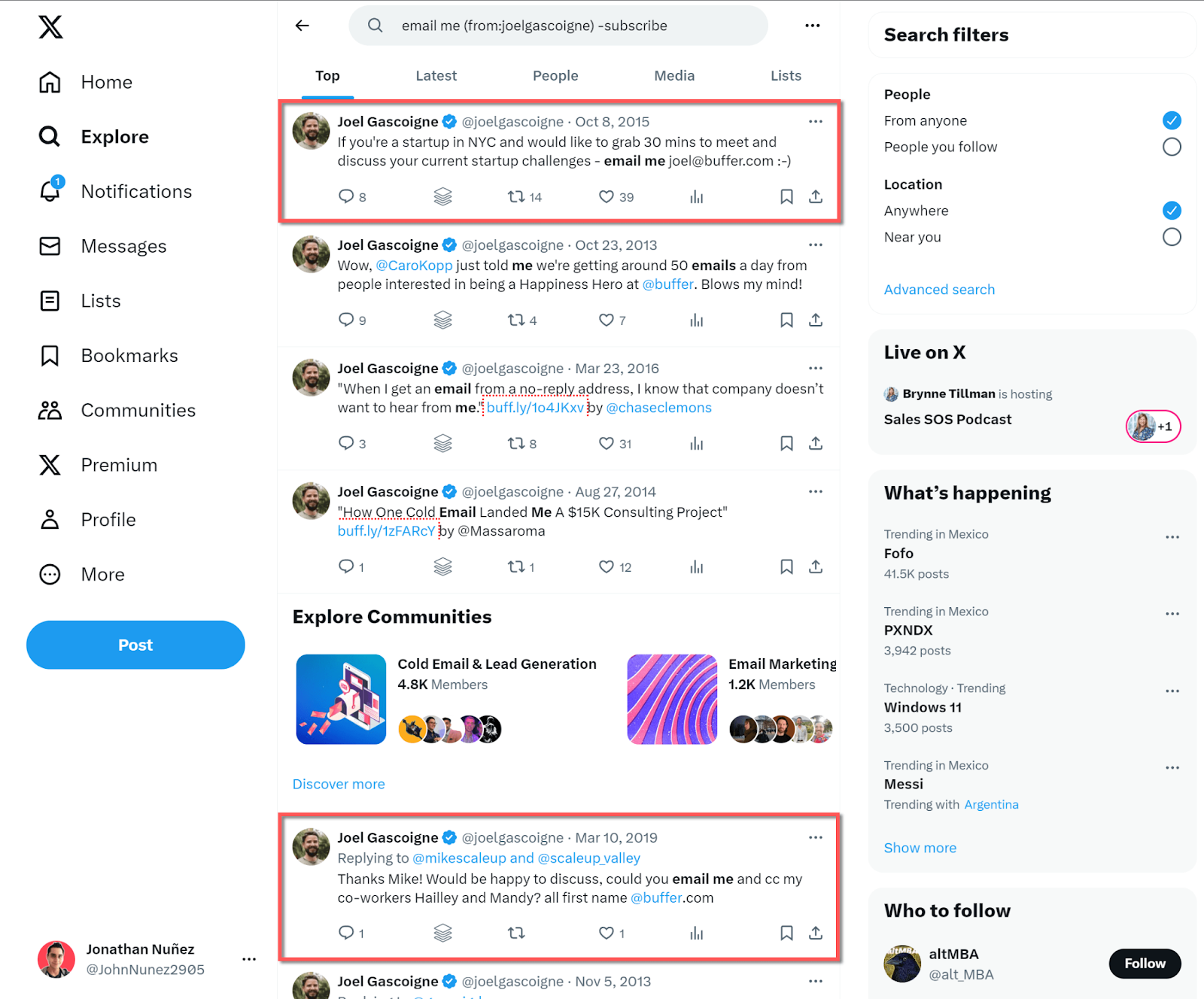
7. Use WHOIS Lookup for Domains
This one's a bit niche, but it works surprisingly well for smaller businesses and startups.
Every domain registration includes contact information, and you can look it up using a WHOIS search tool (there are free ones like who.is or whois.net).
Type in the company's domain, and you'll often see an administrative contact email. For smaller companies, this is sometimes the founder or a key decision-maker. For larger companies, it might just be a generic admin email, but it's still a foot in the door.
Keep in mind: Some domains use privacy protection services that hide this info. But when it works, you've got a verified email without guessing.

8. Guess-and-Verify Common Email Formats
When all else fails, sometimes you just have to make an educated guess, but here's the key: always verify before sending.
Most companies follow standard email formats. The most common ones are:
- firstname.lastname@company.com
- firstname@company.com
- firstinitiallastname@company.com
- lastname@company.com
Once you've guessed the format, don't just start sending. Use verification tools like NeverBounce or ZeroBounce to check if the email is valid.
These tools ping the server without actually sending an email, so you know if it'll bounce before it hurts your sender reputation.
This method works best when combined with other tactics. If you've already found a few emails from the same company (maybe from their website or LinkedIn), you can usually spot the pattern and apply it to your target prospect.
9. Network Through Mutual Connections
Sometimes how to find someone's email address is less about tools and more about relationships.
Check LinkedIn for mutual connections with your prospect. If you share a connection, send them a quick message: "Hey, I'm trying to reach [prospect name] at [company]. Do you mind making an intro or sharing their email if you have it?"
Most people are happy to help, especially if you keep the ask simple and explain why you're reaching out.
Warm intros also come with built-in credibility, your email is way more likely to get opened when it comes through a mutual contact.
This approach takes a bit longer, but the response rates are almost always higher than cold outreach. People respond to people they know, and a quick intro can turn a cold email into a warm conversation.
10. Check Conference or Event Speaker Lists
If your prospect has spoken at a conference, webinar, or industry event, their contact info might be publicly available.
Event websites often include speaker bios with email addresses, especially for smaller or niche conferences. Even if the email isn't listed, the event organizers might have a contact form or email listed for speaker inquiries.
You can also check YouTube or podcast episode descriptions. Guests often have their contact info in the show notes, especially if they're promoting a product, service, or book.
This method works particularly well for reaching thought leaders, executives, and subject matter experts who are actively building their personal brand. They're usually more open to outreach because, well, they're out there putting themselves in front of audiences.
There you have it! 10 proven ways to find email addresses that our team uses every day. Mix and match these methods based on who you're targeting and how much time you've got.
Some prospects you'll find in 30 seconds. Others might take a few tries. But with these strategies, you'll rarely come up empty-handed.
Best Practices to Ensure Email Accuracy and Deliverability
You can find email addresses all day long, but if they're not accurate or if you're not handling them properly, your outreach will fall flat.
Here's how we make sure every email we send actually has a shot at landing in an inbox and getting read.
Always Verify Emails Using Tools
Finding an email is step one. Verifying it's actually valid is step two, and you can't skip it.
Even when you use the best email lookup tools or find addresses directly from LinkedIn, there's always a chance the email is outdated, mistyped, or just plain wrong. That's where email verification tools come in.
Tools like NeverBounce, ZeroBounce, and Bouncer check if an email is:
- Valid – Does the email address actually exist?
- Deliverable – Will the server accept messages sent to it?
- Risky – Is it a catch-all address, role-based email, or temporary inbox?
We run every email through verification before adding it to our outreach lists. It takes an extra minute, but it protects your sender reputation and keeps your bounce rate under control.
Here's the reality: If your bounce rate creeps above 5%, email providers start flagging your domain. Stay below 2% and you're in good shape. Verification is how you get there.
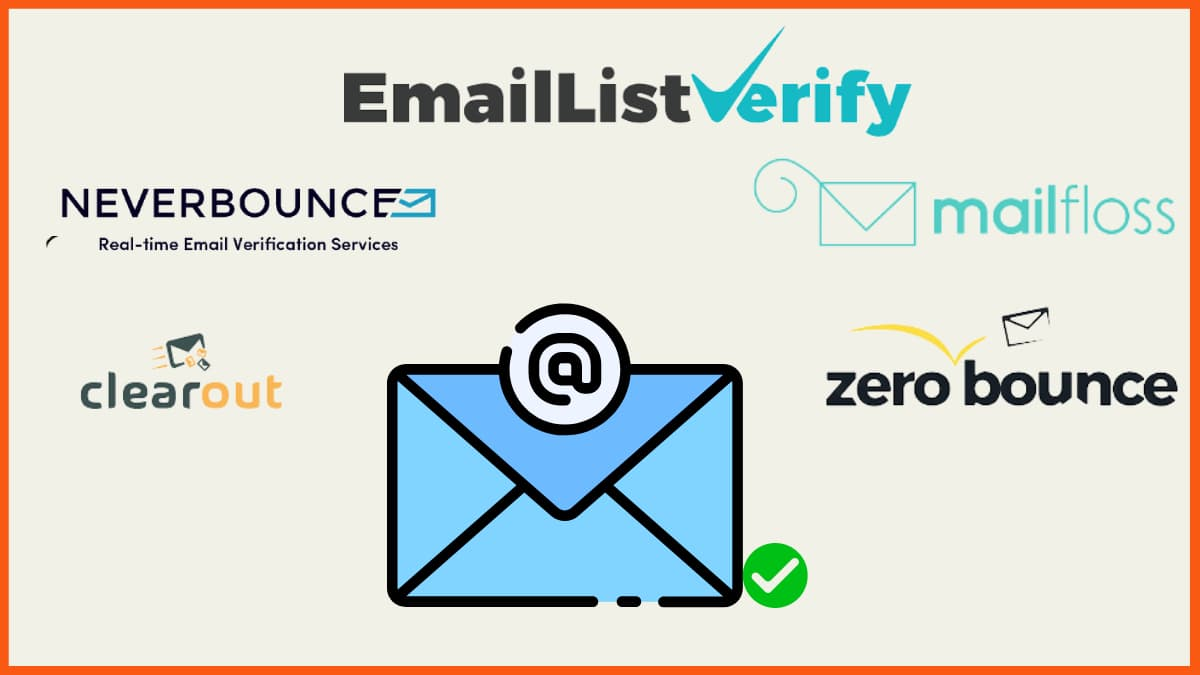
Dive Deeper Into: 10 Best Cold Email Software in 2025 (Tested & Compared)
Avoid Purchased Lists to Protect Sender Reputation
We get it. Buying a list of 10,000 emails sounds like a shortcut. But trust us—it's not worth it.
Purchased lists are filled with outdated contacts, spam traps, and people who never asked to hear from you. When you send to these addresses, a few things happen (none of them good):
- Your bounce rate spikes because half the emails don't exist anymore.
- Your emails get marked as spam because recipients don't recognize your name.
- Your sender reputation tanks, and suddenly even your legitimate emails start landing in spam folders.
We've seen companies permanently damage their domain this way. Once you're on an email blacklist, it's incredibly hard to get off.
The better approach?
Build your list organically using the methods we covered earlier. Yes, it takes longer. But the people on that list are actually relevant to your business, and your emails will actually get opened. Quality beats quantity every single time when it comes to cold email outreach.
Stay Compliant with Privacy Regulations (GDPR/CCPA)
This isn't the most exciting part of finding email addresses, but it's one of the most important.
If you're reaching out to prospects in the EU, you need to follow GDPR rules. If you're contacting people in California, CCPA applies. These regulations exist to protect people's data, and violating them can lead to serious fines.
Here's what compliance looks like in practice:
For GDPR – You need a legitimate interest for contacting someone (like a relevant business offer), and you must include an easy way for them to opt out. Generic "we bought your email" doesn't cut it.
For CCPA – California residents have the right to know what data you've collected about them and request deletion. Keep records of where you found their email and honor opt-out requests immediately.
Our rule of thumb: Always include an unsubscribe link in your emails, even if you're doing one-off outreach. Respect opt-outs immediately. And if someone asks where you got their email, be ready to tell them.
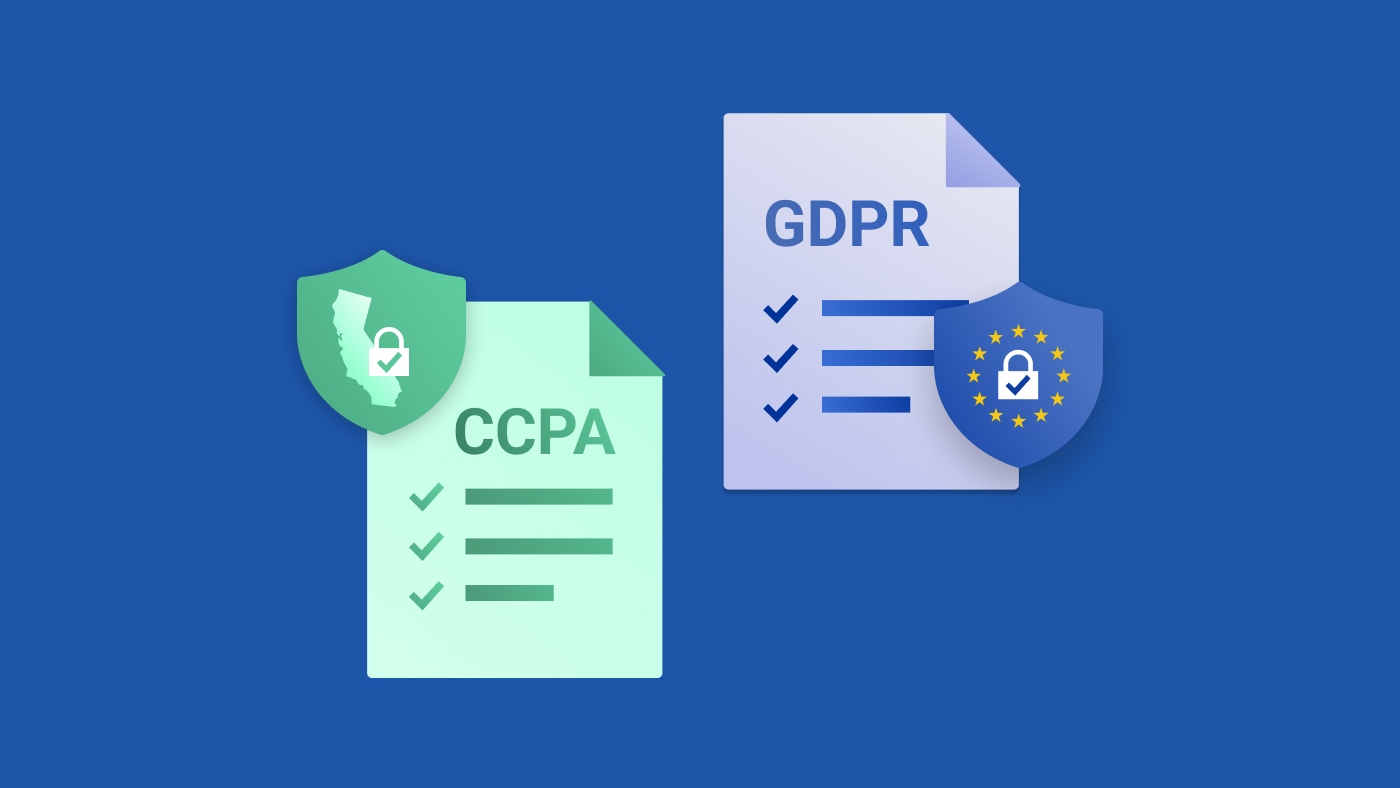
Keep Email Data Updated for Ongoing Campaigns
Email addresses don't last forever. People change jobs, companies rebrand, and inboxes get shut down. If you're running ongoing campaigns, stale data will kill your results.
Here's how we keep our lists fresh:
Re-verify emails every 3-6 months – Run your list through verification tools again, especially if contacts have been sitting unused for a while.
Monitor bounce rates and engagement – If someone's email bounces or they haven't engaged in months, remove them from your active list.
Update contact info when you spot changes – If a prospect moves to a new company (LinkedIn will tell you), find their new email and update your records.
Use tools with auto-refresh features – Some platforms like Apollo and Hunter offer data enrichment that automatically updates contact info as it changes.
Keeping your data clean isn't glamorous, but it's the difference between a 2% bounce rate and a 15% bounce rate. And in cold email outreach, those numbers determine whether your emails land in inboxes or spam folders.
Common Mistakes to Avoid When Finding Emails for Outreach
We've been doing this long enough to see the same mistakes over and over. The good news? They're all avoidable.
Here are the biggest traps people fall into when they're trying to find email addresses for outreach—and how to steer clear of them.
Relying Solely on Outdated Directories or Scraped Data
Using old databases and scraped email lists is like trying to call someone on a disconnected phone number. It's frustrating, it wastes time, and it makes you look sloppy.
A lot of email lookup tools and third-party databases sound great on paper—thousands of contacts at your fingertips. But here's the problem: data goes stale fast. People change jobs, companies get acquired, email addresses get deactivated.
If you're pulling from a directory that hasn't been updated in months (or years), you're setting yourself up for high bounce rates and low response rates.
Scraped data is even worse. These are emails pulled from random corners of the internet—often without context, consent, or accuracy.
You have no idea if the person is still at that company, if the email is even real, or if it's a spam trap waiting to wreck your sender reputation.
What to do instead: Use fresh, verified sources. Combine multiple methods we covered earlier—LinkedIn, company websites, verification tools—and always cross-check before adding emails to your list.
If a contact looks sketchy or you can't verify where it came from, leave it out. One bad email can drag down your entire campaign.
Skipping Verification Before Launching Campaigns
This one's simple but deadly. You find email addresses, load them into your outreach tool, hit send, and... crickets. Or worse, bounces.
Skipping verification is one of the fastest ways to kill your cold email outreach before it even starts.
You might think you're saving time by jumping straight into sending, but every bounced email chips away at your deliverability. Once email providers flag your domain, even your good emails stop landing in inboxes.
The fix is easy: Run your list through a verification tool like NeverBounce or ZeroBounce before you send anything. It costs pennies per email and saves you from wrecking your sender reputation.
If you're doing cold email outreach at scale, verification isn't optional. It's the difference between a campaign that performs and one that gets your domain blacklisted.
Not Segmenting Email Lists for Relevance
Here's a mistake that's less obvious but just as damaging: treating every email on your list the same.
You can find email addresses for hundreds of prospects, but if you're sending the same generic message to a startup founder and a Fortune 500 VP, you're going to get ignored.
People can smell a mass email from a mile away, and they delete them just as fast.
Segmentation means grouping your contacts based on:
- Industry – A SaaS company has different pain points than a manufacturing business.
- Role – What matters to a CMO is different from what a sales director cares about.
- Company size – Startups move fast and care about ROI. Enterprise companies care about scalability and compliance.
- Engagement history – Has this person opened your emails before? Engaged with your content? That changes how you approach them.
The takeaway? Avoid these mistakes and you're already ahead of most people doing outreach. Use fresh data, verify everything, and segment your lists so your message actually matters to the person receiving it. That's how you turn a list of emails into real conversations.
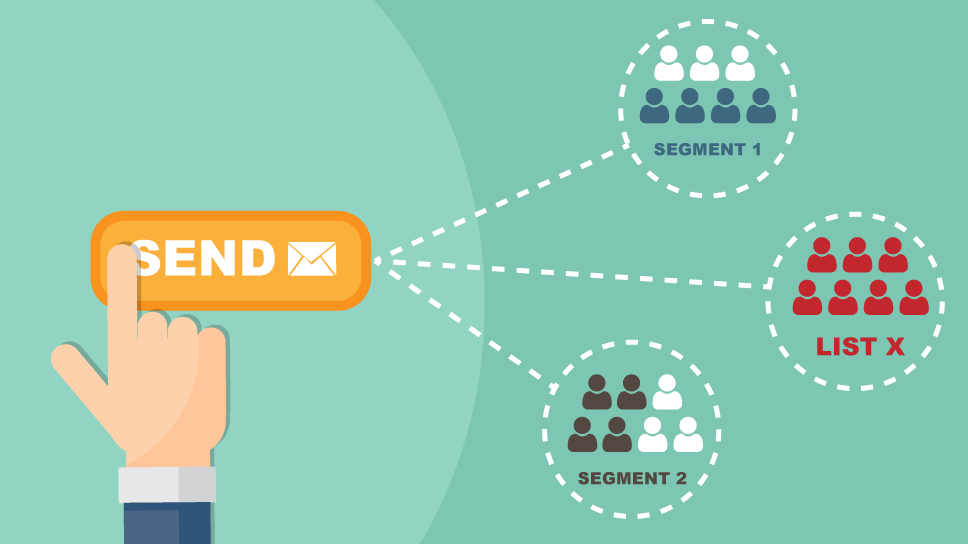
Scale Your Cold Email Outreach with Cleverly
Look, you can find email addresses all day. But here's the truth: getting the email is just step one.
What separates campaigns that get ignored from campaigns that book meetings? Strategic messaging, consistent follow-up, and a system that actually works at scale.
That's where most teams hit a wall. You're spending hours finding contacts, writing emails, managing bounces, tweaking subject lines, and trying to figure out why your response rate is stuck at 2%.
And even when you do everything right, it's hard to keep up when you're trying to reach hundreds or thousands of prospects.
We built Cleverly to solve exactly this problem.
We've helped over 10,000 B2B companies generate $312 million in pipeline revenue and $51.2 million in closed revenue through cold email outreach.
We've sent millions of emails, booked over 224,700 qualified leads, and learned what actually works, not in theory, but in real campaigns with real results.

Here's what we handle for you:
- Building accurate, verified prospect lists – We identify the right decision-makers at your target accounts and verify every email before it goes into a campaign.
- Crafting email sequences that get responses – Our team writes personalized, compelling copy that gets opened and replied to.
- Running compliance-safe campaigns that convert – We set up your email infrastructure, manage deliverability, handle opt-outs, and keep everything GDPR and CCPA compliant.
Here's what makes Cleverly different:
You only pay per meeting-ready lead—not per email sent, not per contact found. Month-to-month, no long-term contracts. If it's not working, you're not stuck.
We run done-for-you cold email lead gen from start to finish. That means unlimited campaigns, thousands of emails sent monthly, ongoing optimization, and a dedicated account manager who's actually invested in your results.
You focus on closing deals. We focus on filling your calendar with qualified prospects who are ready to talk.
Sounds interesting? Let's turn your prospect list into booked meetings!

Conclusion
Finding email addresses doesn't have to be complicated. Use the right mix of methods—LinkedIn, email lookup tools, company websites, and verification—and you'll rarely come up empty-handed.
But here's the thing: finding emails is just step one. The real results come from what happens next—crafting messages that get responses, managing deliverability, and consistently following up with the right people.
At Cleverly, we handle all of it. From building verified lists to writing emails that book meetings, we've generated over $312 million in pipeline for 10,000+ B2B companies because we take cold email outreach off your plate completely.
Ready to fill your pipeline without the headache? Start your campaign with Cleverly today.
Frequently Asked Questions
1. What's the most reliable way to find someone's email address for free?
The most reliable free method is checking LinkedIn's contact info section and the company's website directly. You can also use Google search operators like "[person's name]" + "@company.com" to find emails mentioned in blog posts, press releases, or public documents.
2. Which email lookup tools have the highest accuracy rates?
Apollo.io and Hunter.io consistently deliver the highest accuracy rates for B2B contacts. Clearbit also has excellent accuracy but comes at a premium price point. Lusha works well for LinkedIn-specific searches.
3. How do I verify an email address before launching a campaign?
Use email verification tools like NeverBounce, ZeroBounce, or Bouncer. These tools check if an email address is valid and deliverable without actually sending a message. They ping the mail server to confirm the inbox exists and can receive emails. Most verification tools also flag risky addresses like catch-alls, temporary inboxes, or role-based emails (like info@ or support@).
4. Is it legal to find and use someone's email for outreach?
Yes, it's legal to find email addresses and use them for B2B outreach in most cases, but you need to follow privacy regulations like GDPR (if contacting people in the EU) and CCPA (for California residents).
5. How to find someone with an email address?
If you already have someone's email address and you're trying to find more information about them, try a reverse email lookup. Tools like Hunter.io, Clearbit, and Voila Norbert let you enter an email and pull up details like their name, job title, company, and social profiles.



